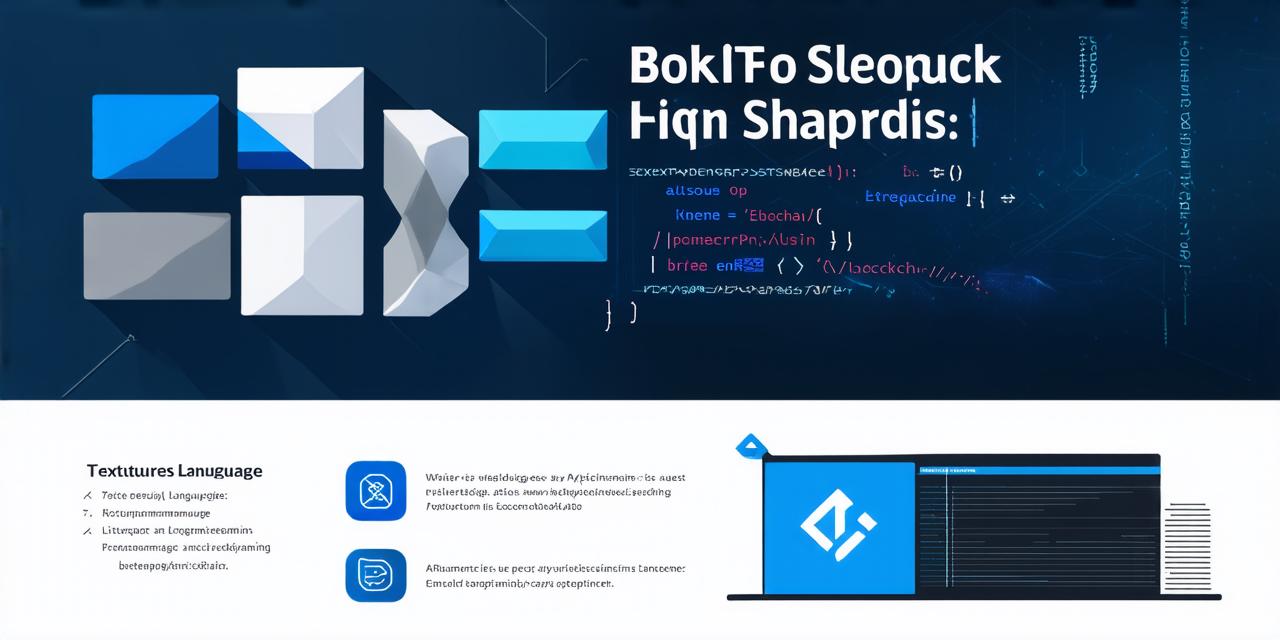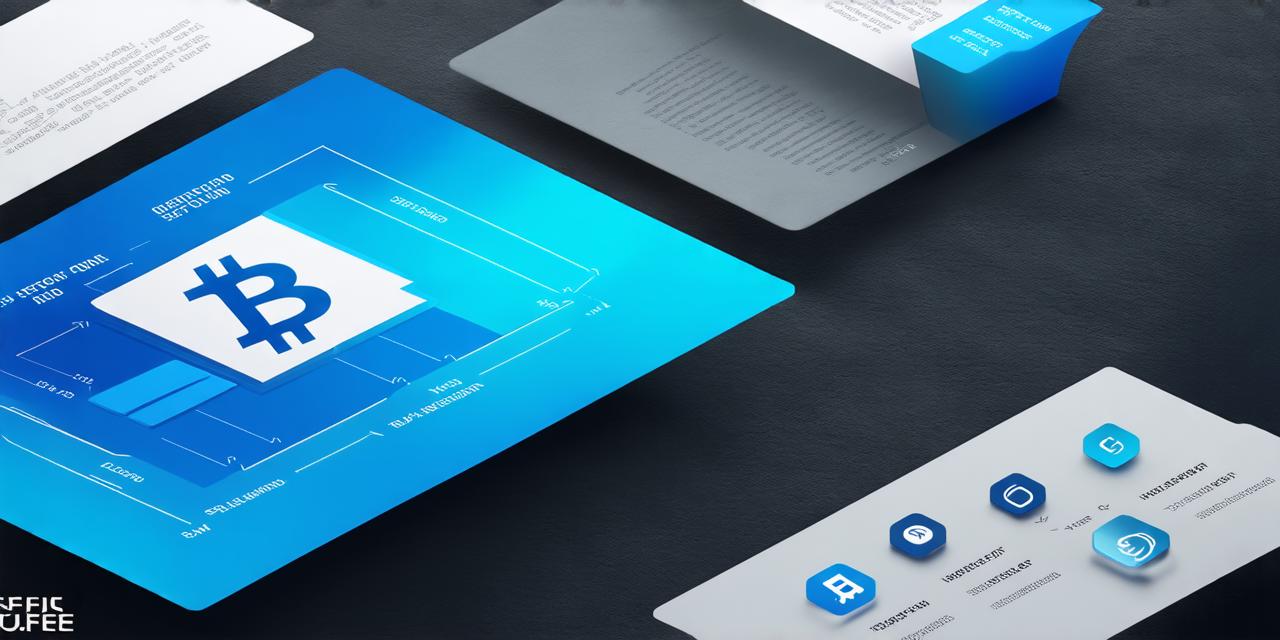
Blockchain Technology has been around for over a decade now and its adoption in various industries is only growing.
It’s no surprise that blockchain developers are in high demand, with companies looking to leverage the power of this innovative technology to streamline processes, improve security, and enhance user experience. In this article, we will delve into the world of blockchain development and provide you with a comprehensive guide on how to get started on your journey to becoming a skilled blockchain developer.
Getting Started with Blockchain Development: A Step-by-Step Guide
Before we dive into the specifics of building a blockchain, it’s important to understand what blockchain is and how it works. At its core, a blockchain is a decentralized, distributed ledger that records transactions in a secure and transparent manner. It’s essentially a digital version of a physical ledger, where every transaction is verified by a network of computers instead of a central authority.
Choose Your Programming Language
There are several programming languages you can use for blockchain development, including Solidity (for Ethereum), Vyper (also for Ethereum), Rust, Go, and Java. Each language has its own strengths and weaknesses, so it’s important to choose the one that best suits your needs.
Learn the Basics of Blockchain Technology
You can start by reading about the history of blockchain technology and its key features, such as decentralization, immutability, and transparency.
Choose Your Blockchain Platform
There are several blockchain platforms you can choose from, including Ethereum, EOS, Hyperledger, and Corda. Each platform has its own unique features and use cases, so it’s important to choose the one that best suits your needs.
Learn the Specific Language or Framework
Once you have chosen your programming language and blockchain platform, you will need to learn the specific language or framework for that particular platform. For example, if you are using Solidity for Ethereum development, you will need to learn the syntax and best practices for writing smart contracts on the Ethereum network.
Build Your First Blockchain Application
Once you have a good understanding of the basics, it’s time to start building your own blockchain applications. You can start with simple applications, such as a basic cryptocurrency or supply chain management system, and then move on to more complex applications as you gain experience.
Building a 12-Word Phrase Blockchain: A Case Study
Now that we have covered the basics of getting started with blockchain development let’s take a look at a case study to see how these concepts can be applied in practice.
Define the Data Structure
The first step in building a blockchain application is to define the data structure. In this case, you will need to define the fields that will be used to store information about each piece of jewelry, such as its name, description, price, and source. You can use a JSON schema to define the structure of the data.
Choose Your Blockchain Platform
Since this is a small business application, you can choose a blockchain platform like Hyperledger Fabric or Corda, which are designed for enterprise use cases. These platforms provide features such as private channels and identity management, which are essential for managing supply chain logistics.



